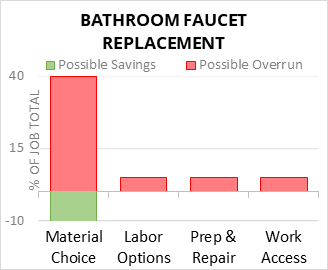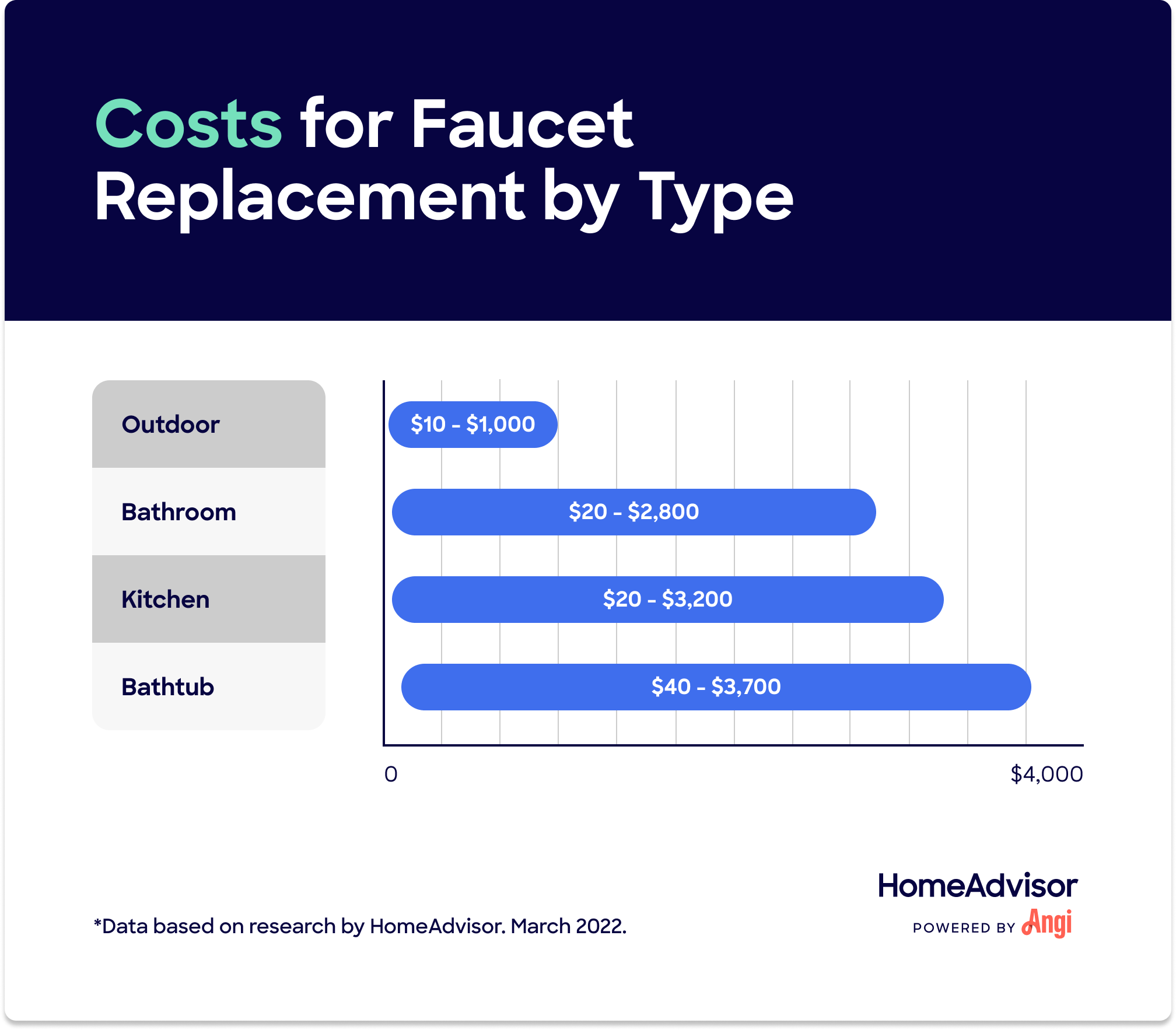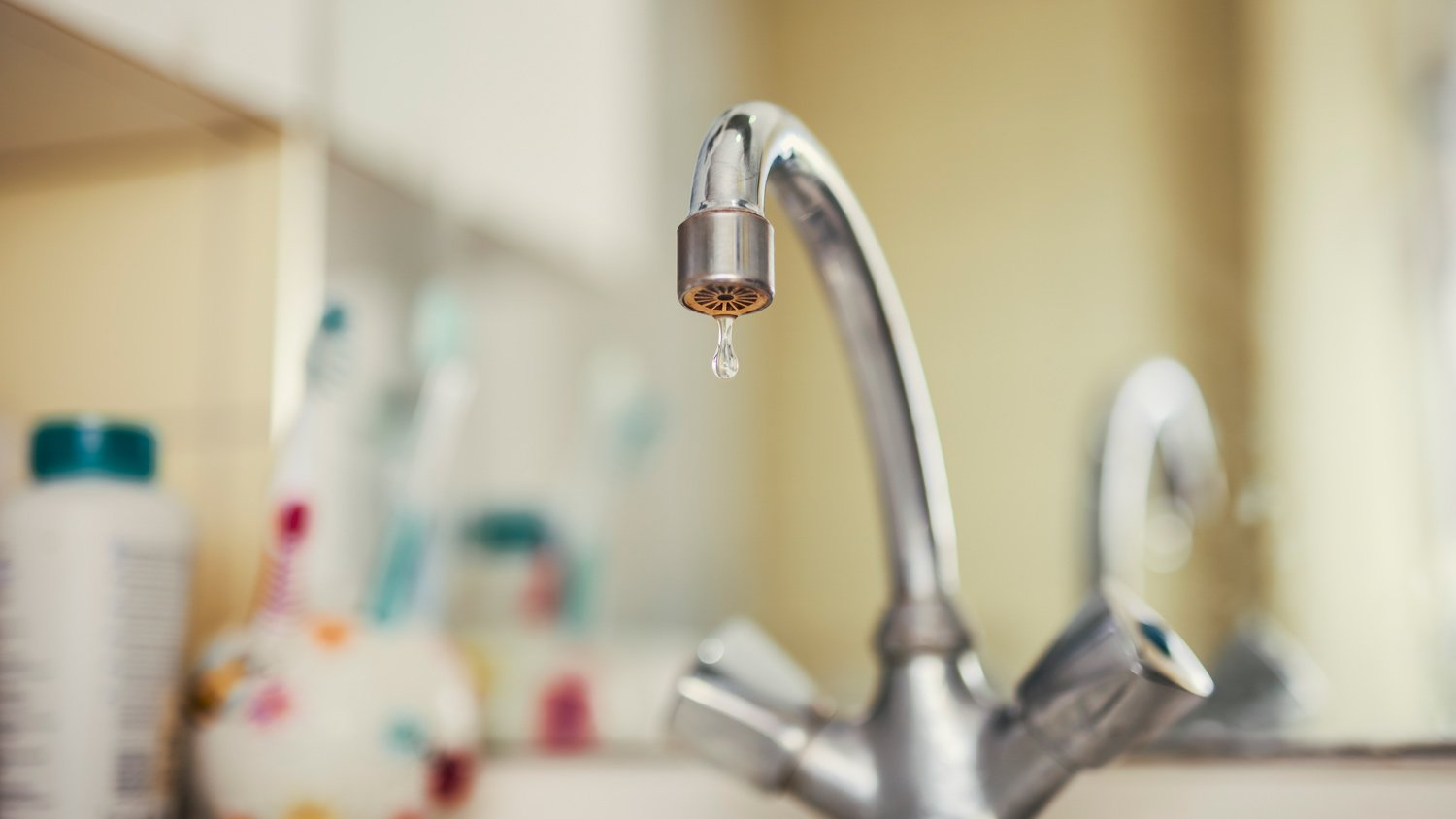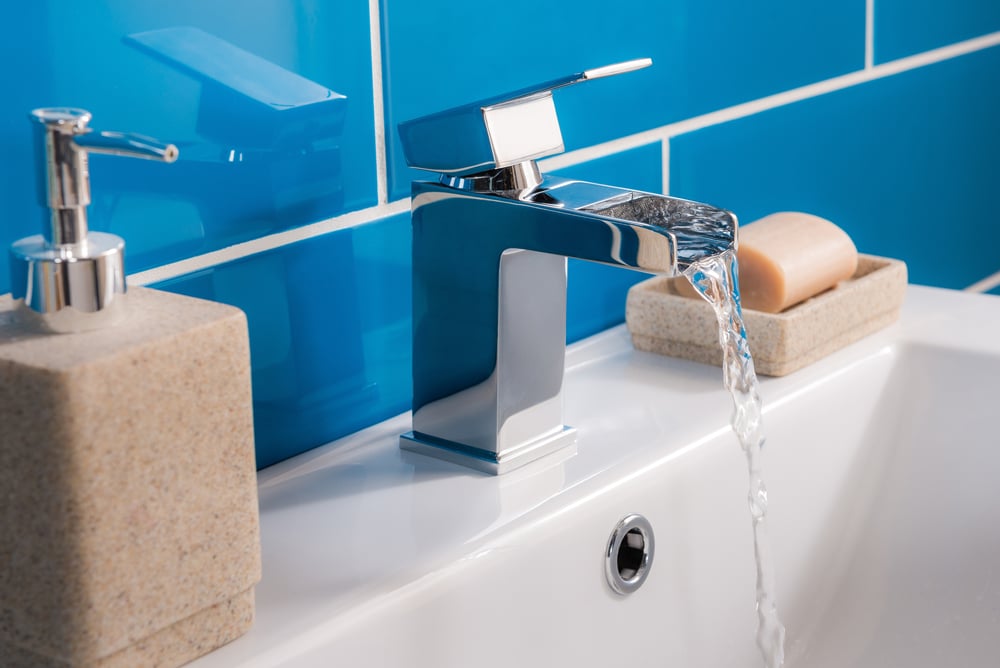Factors Affecting the Cost of Replacing a Bathroom Faucet
When it comes to replacing a bathroom faucet, several factors can influence the overall cost. Understanding these factors can help you plan and budget for the replacement project accordingly. Here are some key factors that can affect the cost of replacing a bathroom faucet:
- Quality and Material: The quality and material of the faucet can greatly impact its price. Faucets made from high-quality materials such as brass or stainless steel tend to be more expensive than those made from plastic or chrome-plated materials. Additionally, faucets with advanced features or intricate designs may also come with a higher price tag.
- Brand and Reputation: The brand and reputation of the faucet manufacturer can also affect its cost. Well-known and reputable brands often charge a premium for their products, as they are known for their durability and reliability. However, it is important to note that there are also lesser-known brands that offer good quality faucets at a more affordable price.
- Installation Method: The method of installation can also impact the overall cost. If the existing plumbing is in good condition and the new faucet can be easily installed using basic tools, the cost of installation may be lower. However, if the installation requires additional plumbing work or modifications, it can increase the overall cost.
- Additional Features: Faucets with additional features such as touchless operation, temperature control, or water-saving capabilities may come at a higher cost. While these features can enhance the functionality and convenience of the faucet, they can also add to the overall price.
- Location and Accessibility: The location of the bathroom and the accessibility of the faucet can also affect the cost of replacement. If the bathroom is located on a higher floor or in a hard-to-reach area, it may require additional labor and time, which can increase the overall cost.

Understanding the Different Types of Bathroom Faucets and Their Pricing
Bathroom faucets come in various types and styles, each with its unique design and functionality. Understanding the different types of bathroom faucets and their pricing can help you choose the right one for your needs and budget. Here are some commonly used types of bathroom faucets and their pricing range:
Single-Handle Faucets: Single-handle faucets have a lever or a knob that controls both the water flow and temperature. They are popular for their simplicity and ease of use. The pricing for single-handle faucets can range from $50 to $200, depending on the brand, material, and features.
Double-Handle Faucets: Double-handle faucets have separate knobs or handles for hot and cold water. They offer more precise control over the water temperature but may require more space on the bathroom sink. The pricing for double-handle faucets can range from $80 to $300, depending on the brand, material, and design.
Wall-Mounted Faucets: Wall-mounted faucets are installed on the wall above the sink, creating a sleek and modern look. They are often used in contemporary or minimalist bathroom designs. The pricing for wall-mounted faucets can range from $100 to $500, depending on the brand, material, and style.
Centerset Faucets: Centerset faucets combine the spout and handle into a single unit, making them easy to install and maintain. They are commonly used in small bathrooms or powder rooms. The pricing for centerset faucets can range from $50 to $150, depending on the brand, material, and features.
Widespread Faucets: Widespread faucets have separate handles and spouts, allowing for more installation flexibility. They are often used in larger bathrooms or vanity areas. The pricing for widespread faucets can range from $150 to $500, depending on the brand, material, and design.
Vessel Sink Faucets: Vessel sink faucets are specifically designed for vessel sinks, which sit on top of the bathroom countertop. They have a taller spout to accommodate the height of the vessel sink. The pricing for vessel sink faucets can range from $100 to $400, depending on the brand, material, and style.

Hiring a Professional vs. DIY
Replacing a bathroom faucet can be a simple task that you can tackle as a do-it-yourself (DIY) project. However, it is also common for homeowners to hire a professional plumber to handle the installation. Both options have their advantages and disadvantages, and the cost-effectiveness can vary depending on the circumstances. Here are some factors to consider when deciding whether to hire a professional or do it yourself:
Skill and Experience: If you have experience with plumbing projects and feel confident in your abilities, tackling the installation yourself can save you money. However, if you are unfamiliar with plumbing systems or lack the necessary skills, it is best to hire a professional to ensure the job is done correctly and to avoid any potential damage or leaks.
Time and Convenience: DIY projects require time and effort, especially if you are new to plumbing tasks. Hiring a professional can save you time and provide convenience, as they have the expertise and tools to complete the installation efficiently. However, if you have the time and enjoy DIY projects, doing it yourself can be a rewarding experience.
Cost of Tools and Materials: DIY projects often require purchasing or renting specific tools and materials. While this initial investment may seem expensive, it can be more cost-effective in the long run if you plan on doing more plumbing projects in the future. Hiring a professional eliminates the need for purchasing tools, but their services come at an additional cost.
Warranty and Insurance: Professional plumbers typically offer warranties on their workmanship and may be covered by liability insurance. This provides peace of mind in case any issues arise after the installation. DIY projects do not come with such warranties, and any mistakes or damages are solely your responsibility.
Complexity of the Installation: If the installation requires additional plumbing work or modifications, it is advisable to hire a professional. They have the knowledge and experience to handle complex installations, ensuring that everything is properly connected and functioning. Simple faucet replacements can usually be handled as DIY projects.

Hidden Costs to Consider When Replacing a Bathroom Faucet
Replacing a bathroom faucet may seem like a straightforward task, but there are hidden costs that you should be aware of to avoid any surprises. These hidden costs can add up and significantly impact your overall budget for the replacement project. Here are some hidden costs to consider when replacing a bathroom faucet:
Plumbing Repairs: In some cases, the existing plumbing may need repairs or modifications to accommodate the new faucet. This can involve additional costs for materials and labor. It is important to inspect the plumbing system before the installation to identify any potential issues and budget accordingly.
Water Supply Line Replacement: If the water supply lines are old or damaged, it is advisable to replace them along with the faucet. This ensures that the new faucet is properly connected and reduces the risk of leaks. The cost of replacing the water supply lines can vary depending on the material and length required.
Additional Tools and Supplies: DIY projects often require specific tools and supplies. If you don’t already have the necessary tools, you may need to purchase or rent them. Additionally, you may need to buy supplies such as sealant, plumber’s tape, or caulk. These costs should be factored into your budget.
Unexpected Repairs or Replacements: During the installation process, unforeseen issues may arise, such as corroded pipes or damaged fixtures. These unexpected repairs or replacements can increase the overall cost of the project. It is important to be prepared for such situations and have some extra funds set aside.
Professional Assistance: If you initially plan on doing the installation yourself but encounter difficulties or complications, you may need to seek professional assistance. Hiring a plumber midway through the project can add to the overall cost. It is important to evaluate your skills and capabilities before deciding to take on the project alone.

Tips for Saving Money on Bathroom Faucet Replacement
Replacing a bathroom faucet doesn’t have to break the bank. With some smart planning and savvy shopping, you can save money without compromising on quality. Here are some tips for saving money on bathroom faucet replacement:
Comparison Shopping: Before making a purchase, compare prices and options from different retailers and online stores. Look for sales, discounts, or clearance offers that can help you get a good deal on your desired faucet. Don’t forget to check customer reviews and ratings to ensure the quality and reliability of the product.
Consider Budget-Friendly Brands: Well-known brands often come with a higher price tag. However, there are also budget-friendly brands that offer good quality faucets at a more affordable price. Research and read reviews to find reliable brands that fit your budget.
Opt for Basic Designs: Faucets with fancy designs or advanced features tend to be more expensive. If you’re on a tight budget, opt for basic designs that serve the purpose without any unnecessary frills. You can still find stylish and functional faucets without breaking the bank.
Look for Deals and Discounts: Keep an eye out for deals, discounts, and promotions that can help you save money on your bathroom faucet replacement. Retailers often have sales during certain times of the year, such as holidays or end-of-season clearance events. Additionally, some online stores offer discounts or coupon codes that can be applied to your purchase.
Consider Refurbished or Open Box Items: Refurbished or open box items are often sold at a discounted price compared to brand-new products. These items have been inspected and restored to working condition, making them a cost-effective option. Just ensure that you purchase from a reputable seller and check for any warranty or return policy.
DIY Installation: As mentioned earlier, opting for a DIY installation can save you money on labor costs. If you have the necessary skills and tools, consider tackling the installation yourself. There are plenty of online tutorials and guides available to help you through the process. Just be sure to follow safety precautions and turn off the water supply before starting.
Reuse Existing Plumbing Connections: If the existing plumbing connections are in good condition and compatible with your new faucet, consider reusing them. This can save you the cost of purchasing new connectors or adapters. However, if the connections are old or damaged, it is recommended to replace them to avoid any leaks or issues.
Proper Maintenance: Taking care of your bathroom faucet can extend its lifespan and save you money in the long run. Regularly clean the faucet and handle to prevent mineral buildup or corrosion. Fix any leaks promptly to avoid wasting water and potential damage to your bathroom. Simple maintenance practices can help you avoid costly repairs or replacements.
Consult with a Professional: If you’re unsure about the installation process or need guidance, consider consulting with a professional plumber. They can provide advice and recommendations that can help you make informed decisions and potentially save money. They may also be able to suggest alternative options or cost-saving measures.

How Much Does It Cost to Replace a Bathroom Faucet?

How Much Does It Cost to Replace a Bathroom Faucet?

Cost to Replace a Bathroom Faucet – 2021 – DIY or Not

How Much do Plumbers Charge For a Faucet Replacement?

What’s the Average Faucet Installation Cost in 2024?

How Much Does It Cost To Install A Bathroom Sink And Faucet

Related Posts:
- Replace Cartridge Bathroom Faucet
- Traditional Bathroom Faucets
- Old Style Bathroom Faucets
- Tuscan Bathroom Faucets
- Copper Single Hole Bathroom Faucet
- How To Fix A Leaky Delta Bathroom Faucet
- Delta Bathroom Faucet Cartridge
- Moen Bathroom Faucet Parts Breakdown
- Gold Finish Bathroom Faucets
- Art Deco Style Bathroom Faucets